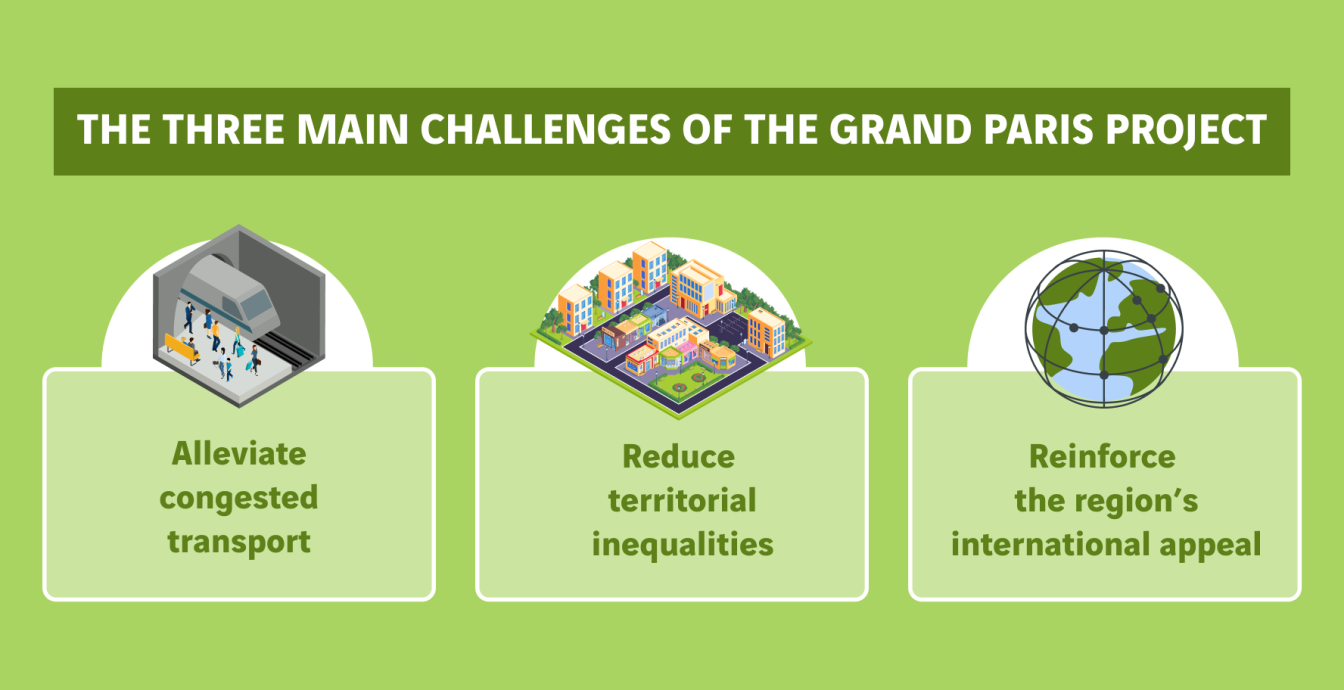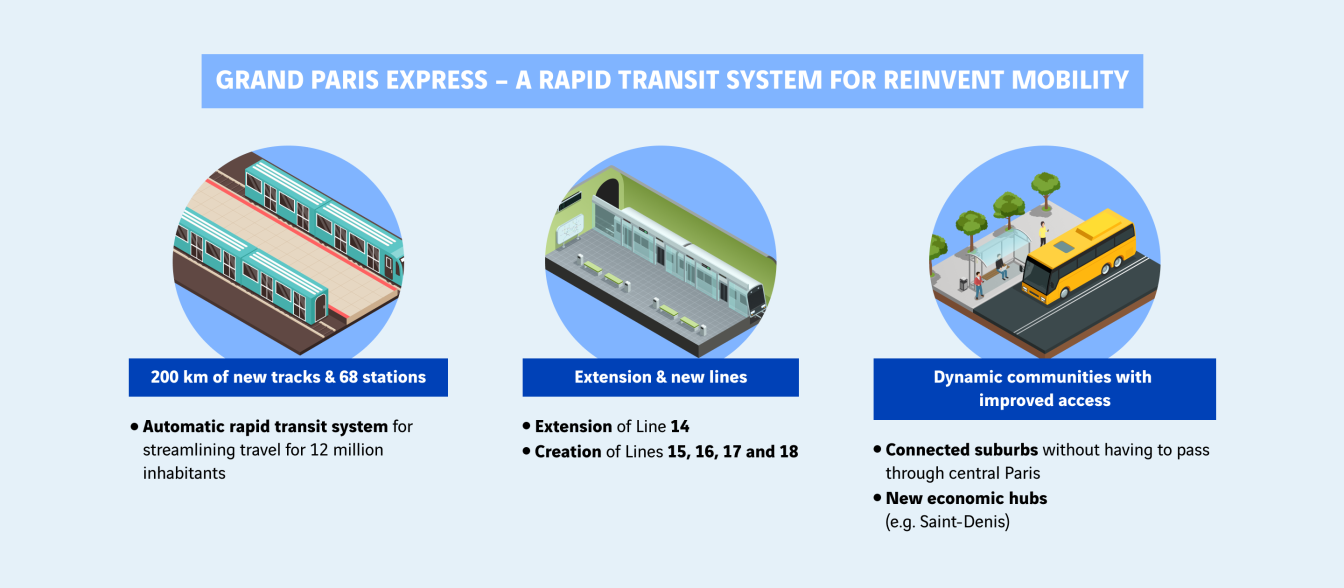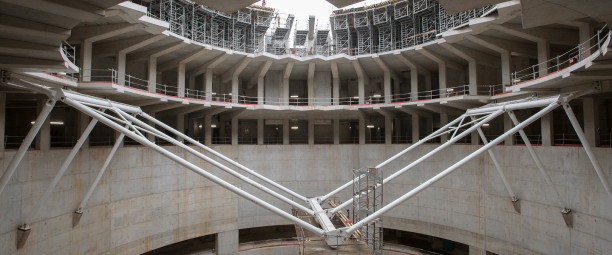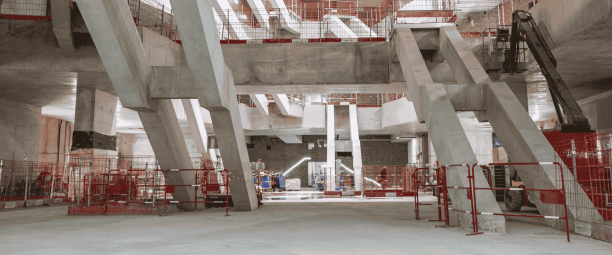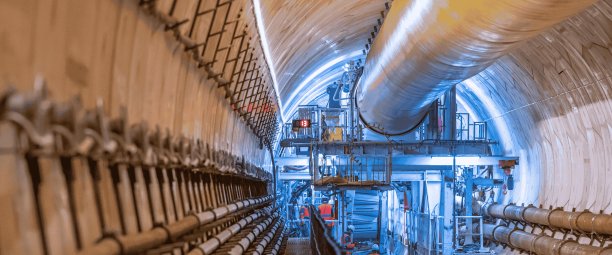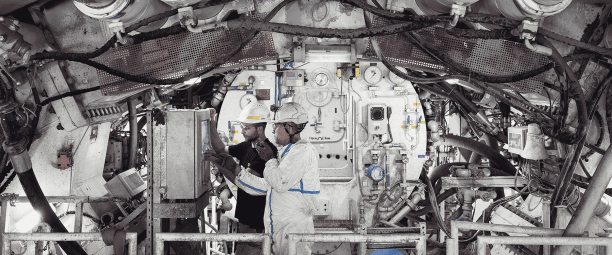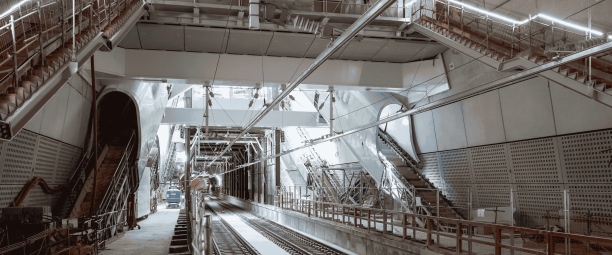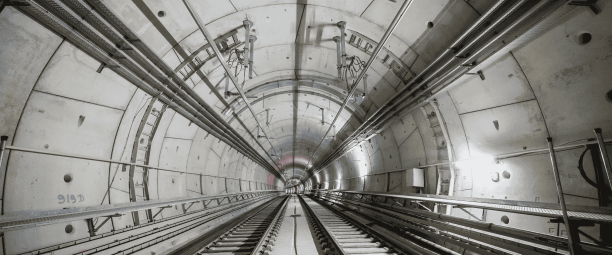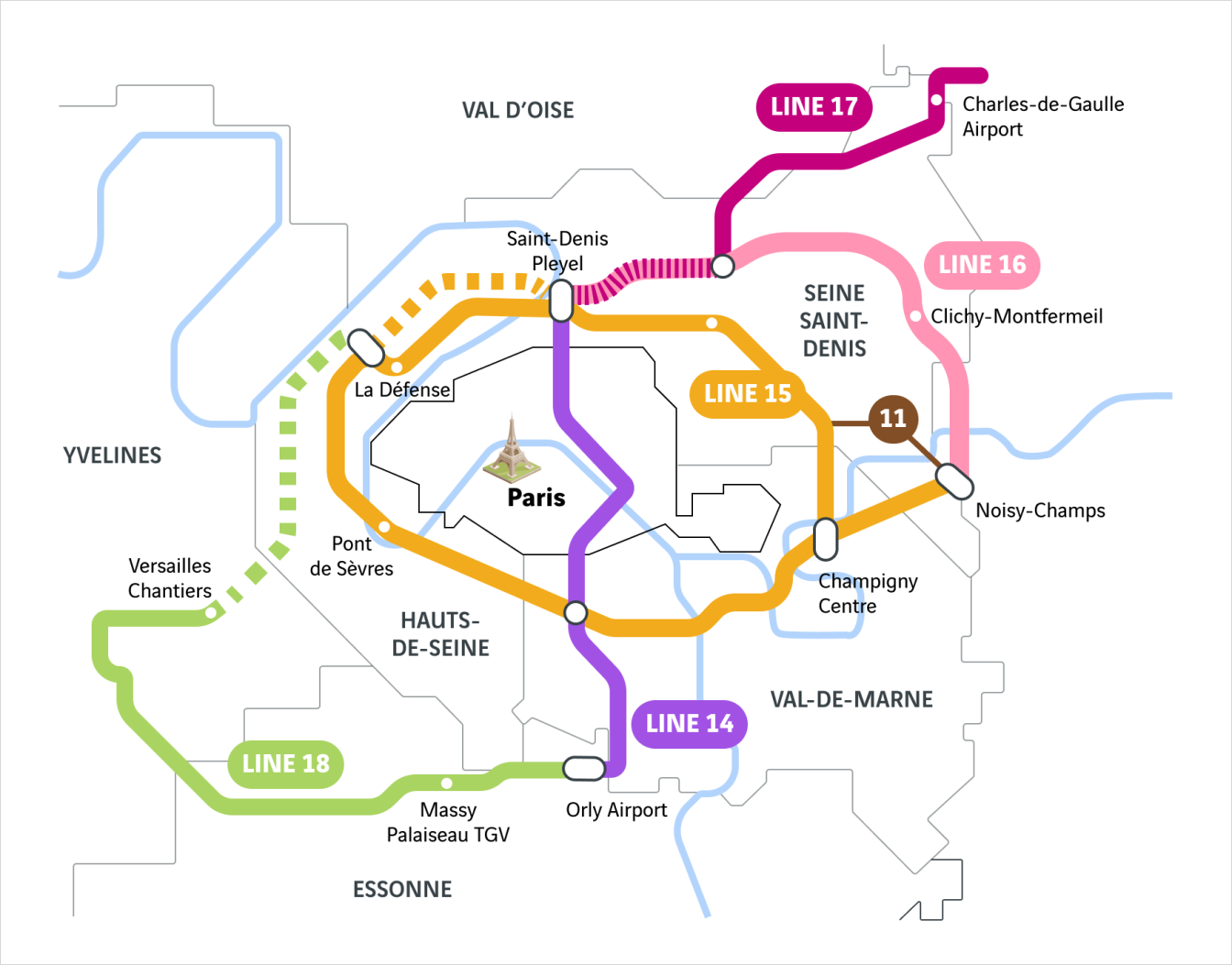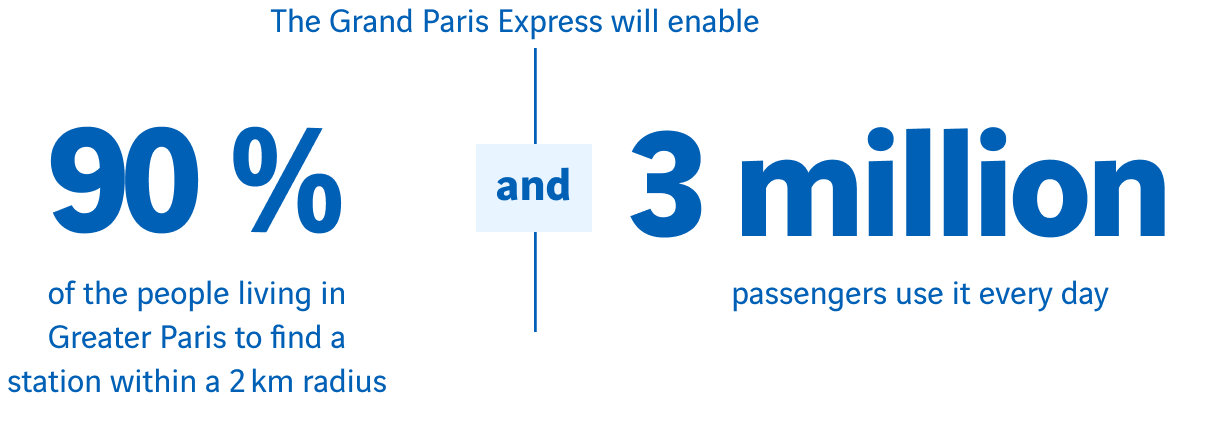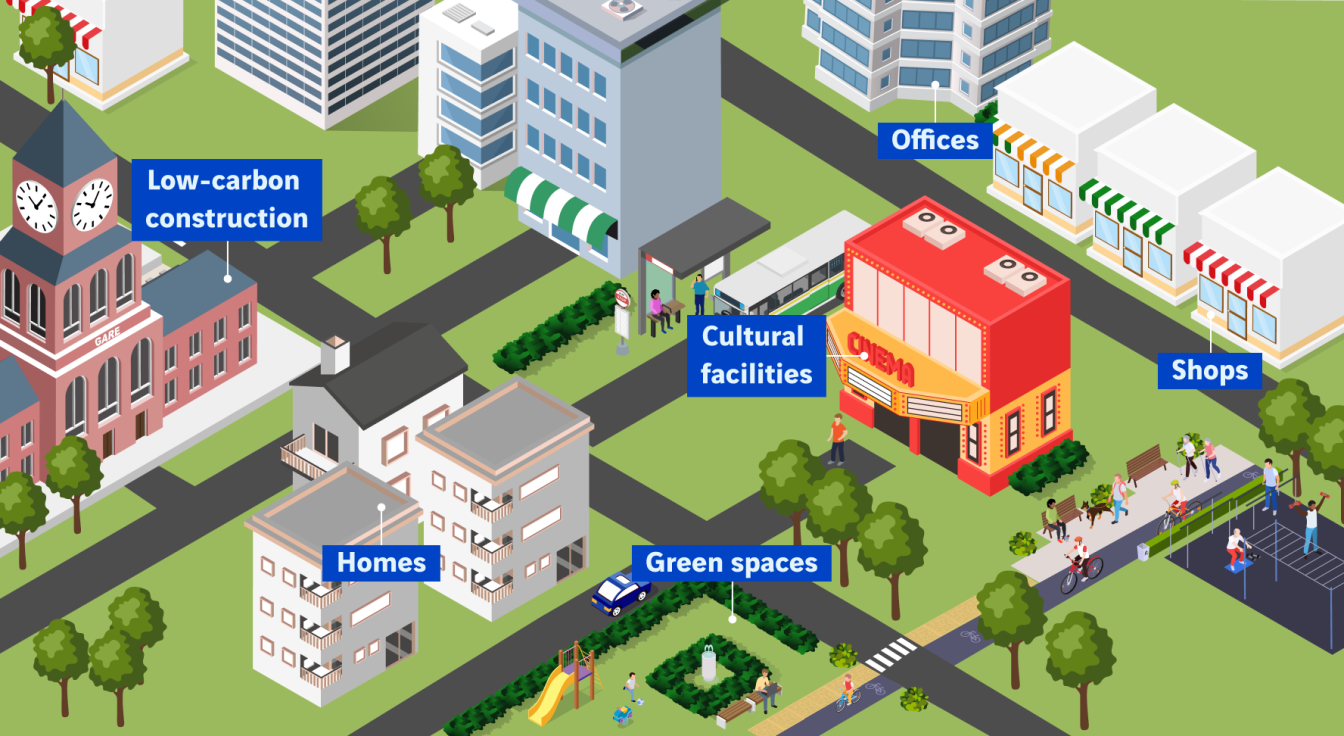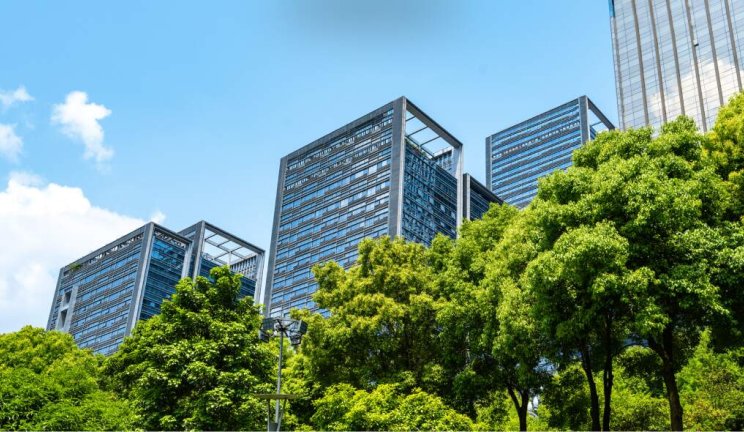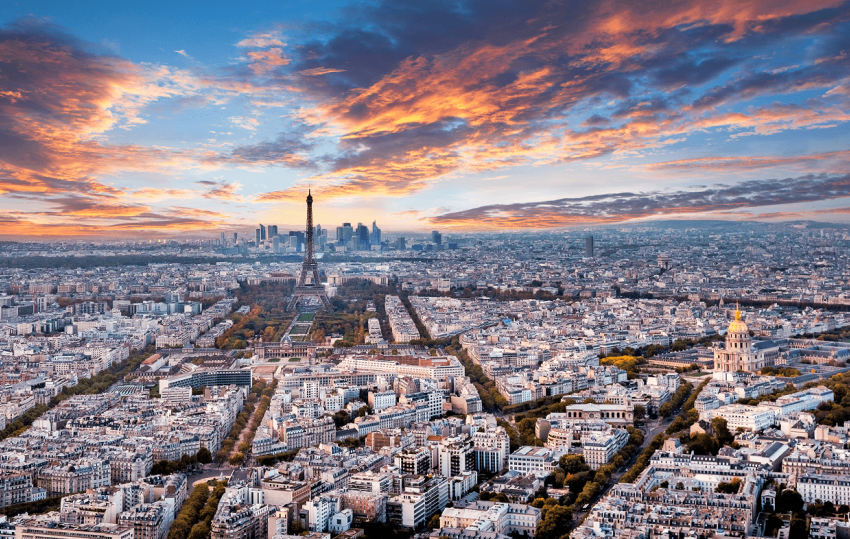
The ambitions behind the Greater Paris project
The Grand Paris project was launched in 2010 and represents the widest urban design programme to hit the country since Baron Haussmann’s massive urban renewal scheme back in the 19th century. There is a lot more to Grand Paris than simply reorganising urban infrastructures across Greater Paris, since the project reflects the authorities’ ambitious vision of transforming the region into a global connected metropolitan area that embraces sustainability and inclusion.
This urban development programme, whose backbone is formed by the construction of Grand Paris Express - one of the largest transport network projects in Europe - is aimed at achieving a number of major challenges, such as improving transportation and access for the different communities, boosting the region’s economic appeal and addressing society’s expectations for greater mobility, social integration, and resilience to withstand the effects of climate change.
Dans le même dossier
Greater Paris: inventing the city of the future
The origins of the Grand Paris project
Plans for the Grand Paris project began taking shape towards the end of the 2000s in an effort to respond to the challenges caused by the major changes sweeping the Greater Paris region, including saturated transport networks, pronounced inequalities between communities, and the need to boost the region’s international appeal.
A law was enacted on 3 June 2010 that created a legislative framework for this ambitious project. The objective behind Grand Paris could not be clearer: transform Paris and its region into a global metropolitan area with the ability to compete with such cities as London and Shanghai, while stamping out any territorial inequalities.
A vision reflected in a new transport infrastructure
Grand Paris Express comprises 200 km of new automatic metro line tracks and 68 stations, with the aim of streamlining travel throughout a region where 12 million people live and work. The project also makes provisions for extending Line 14 and creating four new metro lines, namely 15, 16, 17 and 18. Grand Paris Express is considered to be the largest mobility infrastructure project in Europe. The key issue is connecting the various suburbs together, so that inhabitants can travel directly to other parts of the region without having to pass through central Paris. This means improving transport services for the outlying communities, which often suffer from a lack of access, and redistributing economic activities throughout Greater Paris instead of leaving them concentrated in the longstanding business districts. For example, areas such as Saint-Denis, which can now be reached by the metro’s extended Line 14, are driving this process for distributing economic growth across the region.
Grand Paris is designed to enable sustainable mobility by reducing car dependence. The new metro lines are being incorporated into the existing transport networks (RER and tramways) and will help move the environmental transition forward by lowering the CO2 emissions from daily travel.
These new lines are also intended to improve access to the job markets, public services and leisure activities. Grand Paris Express[1] connects the main economic hubs (airports, and business districts like La Défense), as well as residential zones and other living areas. Real estate, cultural and commercial projects are already beginning to emerge in such districts as Villejuif and Noisy-Champs, which now have access to new stations.
An innovative laboratory for the worksites of the future
Grand Paris is also a test bed for the latest technologies. From low-carbon materials to automatic tunnel boring systems, every stage of the project is harnessing innovation to achieve the programme’s ambitious efficiency and sustainability targets. Grand Paris also provides the ideal opportunity to promote inclusion at the different worksites. A number of back-to-work schemes have helped create over 10,000 jobs for the long-term unemployed.

To reinforce the process of fostering closer social ties, the VINCI Group has created the Chantiers et territoires solidaires endowment fund, which supports local non-profit projects near worksites to improve social cohesion in the communities concerned. Seine-Saint-Denis is a prime example, where associations have developed initiatives to increase access to culture, sport and education for vulnerable people, in relation with the urban transformations of the Grand Paris project.
Grand Paris: much more than a transport project
Grand Paris is changing the very face of the city by creating multi-functional spaces. For example, an eco-district is emerging around the Saint-Denis Pleyel station, complete with homes, offices and cultural facilities, while prioritising green spaces and social diversity. Environmental challenges are another of the project’s key focal points. Every station and infrastructure is built according to low-carbon construction methods, using eco-friendly materials, reducing energy use and developing solutions to prevent urban heat islands from forming in these new districts. Grand Paris Express is expected to drive down greenhouse gas emissions by at least 14.2 million tons of CO2 equivalent by 2050 (including the emissions from building and operating the metro system[2]
-14,2
million tons of CO2 equivalent
Grand Paris is much more than just an infrastructure development project. It embodies a global vision of reinventing and transforming the Greater Paris region into an inclusive and sustainable metropolitan area. With Grand Paris Express acting as the main driving force, this programme shines the spotlight on a new approach to urban development that puts mobility, social diversity and sustainability high on the priority list.
Sources
[1] The Grand Paris Express (Société des Grands Projets)
[2] Une nouvelle stratégie pour consolider les bénéfices environnementaux du Grand Paris Express (Société du Grand Paris, octobre 2021)
Subscribe
Stay tuned : receive our newsletter
Every quarter, discover new articles, exclusive features and experts' views delivered straight to your inbox.
Most viewed
Explore more
Marina Lévy - Companies at the heart of ocean conservation issues
Marina Lévy, oceanographer, research director at the CNRS and ocean advisor to the president of the French National Research…
Building with and for nature
Whether creating barrages, stripping away topsoil, cutting down trees or digging channels, humans have spent thousands of…
Bridging the construction gender gap: paving the way to a career in industry for women in Colombia
In 2025, the Ruta 40 consortium led by VINCI Construction Grands Projets completed work on widening and upgrading the Bogotá…
